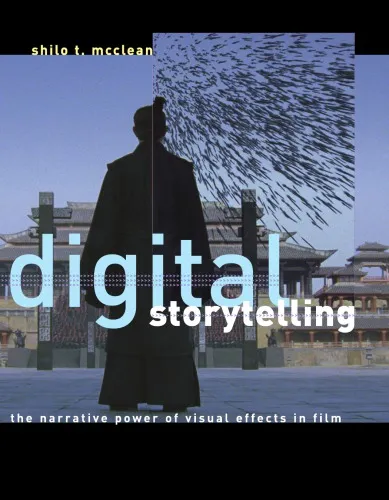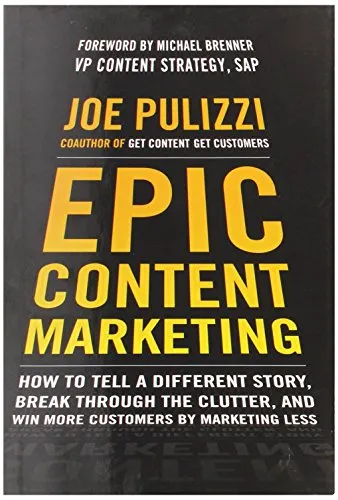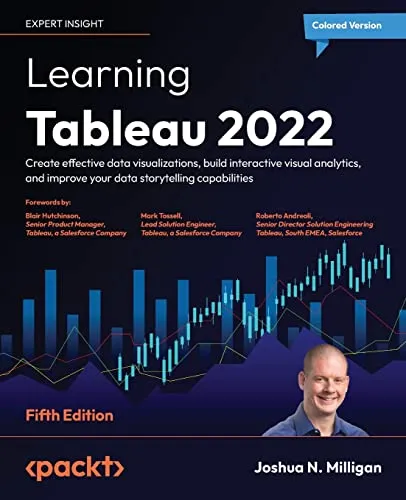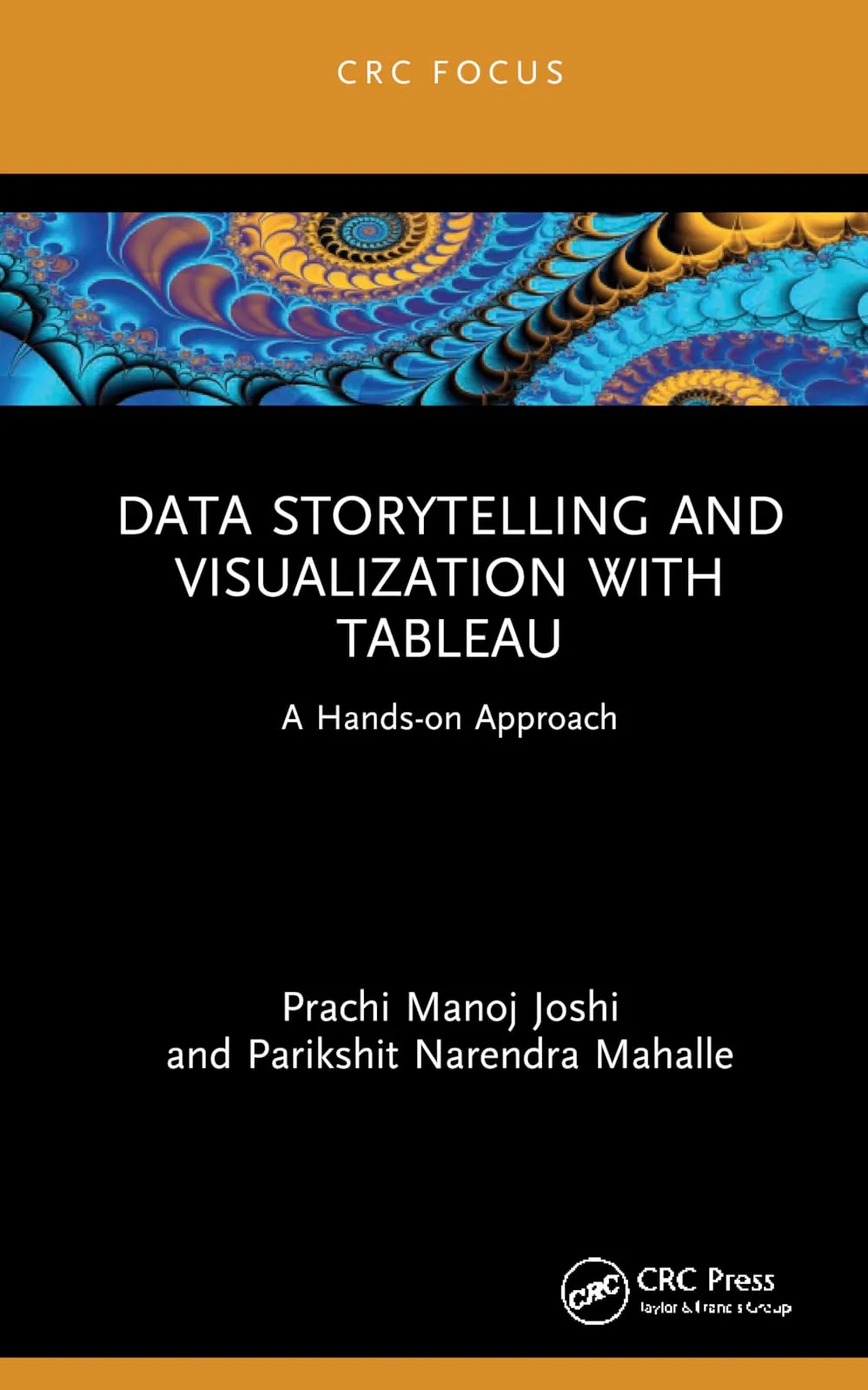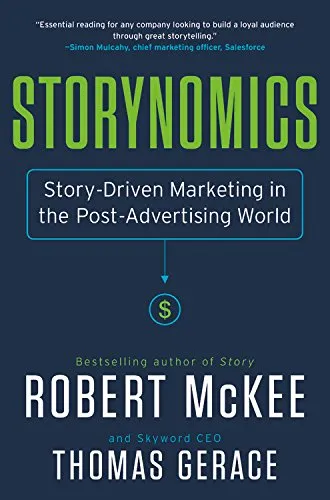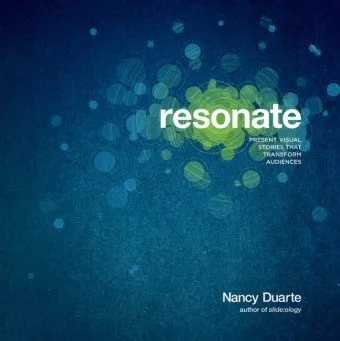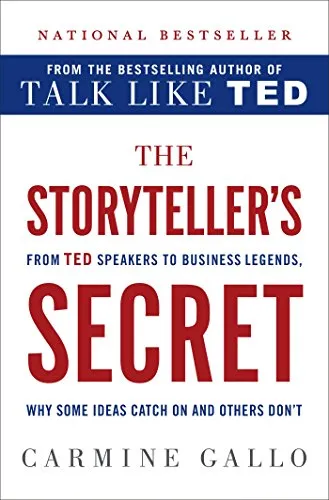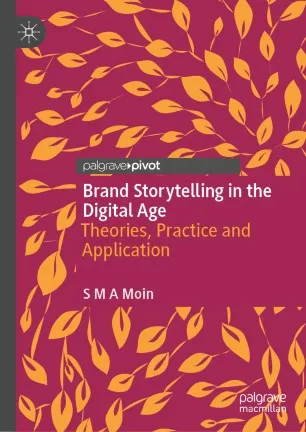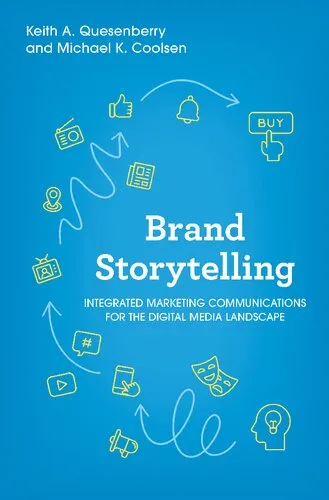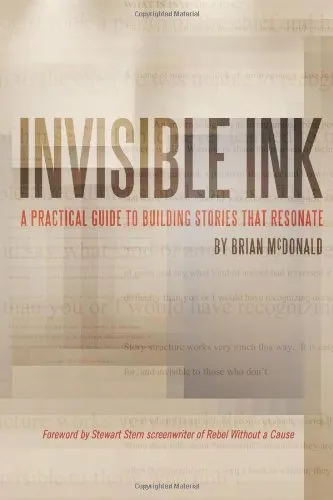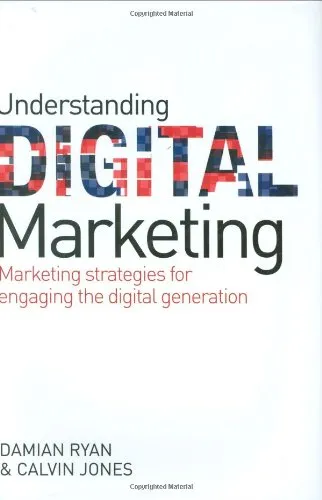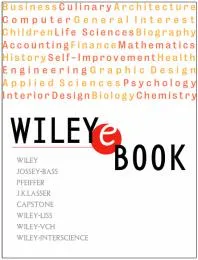Digital storytelling: the narrative power of visual effects in film
4.5
Reviews from our users

You Can Ask your questions from this book's AI after Login
Each download or ask from book AI costs 2 points. To earn more free points, please visit the Points Guide Page and complete some valuable actions.Related Refrences:
Introduction to "Digital Storytelling: The Narrative Power of Visual Effects in Film"
In an age where visual storytelling has undergone transformative evolution, "Digital Storytelling: The Narrative Power of Visual Effects in Film" shines a light on the vital role that digital effects play in shaping, enhancing, and redefining cinematic narratives. Written by Shilo T. McClean, this book unpacks the synergy between technology and creativity, illustrating how visual effects act not merely as eye candy but as essential tools for storytelling.
With advancements in technology, the boundary between storytelling and spectacle has become increasingly blurred. This book explores how filmmakers use computer-generated imagery (CGI), digital compositing, and cutting-edge visual effects to advance plotlines, deepen emotional resonance, and immerse audiences in worlds that were once impossible to imagine. By providing historic context, theoretical insights, and real-world examples, "Digital Storytelling" bridges the gap between art and science, shedding light on a pivotal aspect of filmmaking that often operates behind the scenes.
Detailed Summary of the Book
"Digital Storytelling" delves into the evolution of visual effects from being merely functional or decorative to becoming a significant narrative tool. McClean starts by tracing the origins of visual effects in film, discussing early techniques and innovations that laid the groundwork for today’s digital era. The book provides an accessible yet in-depth explanation of how technological breakthroughs have historically expanded the storytelling toolkit.
A central focus of the book is the analysis of how visual effects support and enhance storytelling. McClean argues that great visual effects do not overshadow narrative – they serve it. Case studies, including iconic films such as "The Matrix," "Star Wars," and "The Lord of the Rings," are used to illustrate how filmmakers have interwoven the digital with the traditional to create compelling narratives. These examples highlight how the strategic use of visual effects enables creators to develop rich, immersive stories that could not exist otherwise.
McClean also touches on the philosophical implications of increasing reliance on digital tools, questioning whether visual effects can overpower story or serve as its natural extension. By the end of the book, readers will understand not only the technical and artistic philosophies behind digital effects but also their cultural and cognitive impact, particularly in how they shape audience expectations and experiences.
Key Takeaways
- Visual effects are not isolated elements—they're integral to storytelling and can shape narrative structure and emotional engagement.
- The evolution of visual effects mirrors advances in technology, but great storytelling always remains at the core of a film's success.
- Case studies in the book demonstrate how groundbreaking films utilized visual effects to challenge traditional methods of narrative construction.
- Understanding the historical progression of visual effects helps contextualize their role in contemporary filmmaking.
Famous Quotes From the Book
"Visual effects are only as powerful as the stories they aim to serve; spectacle without meaning fades as quickly as it is witnessed."
"The beauty of visual effects lies not in their ability to amaze, but in their capacity to evoke belief."
Why This Book Matters
"Digital Storytelling: The Narrative Power of Visual Effects in Film" is an essential read for filmmakers, film students, digital artists, and anyone passionate about the intersection of storytelling and technology. As cinema increasingly leans on visual effects to create previously inconceivable narratives, understanding the responsible integration of these tools is critical for both creators and audiences. This book not only provides insights but also challenges preconceived notions about visual effects, emphasizing the artistry behind the science.
At its core, the book advocates for harmonizing tradition and innovation. In a world brimming with digital possibilities, McClean reminds us that story remains the soul of cinema. Visual effects, no matter how advanced, are at their best when used in service of story—a philosophy that resonates across creative disciplines. Whether you're reexamining iconic films or exploring the potential of future projects, this book serves as an invaluable guide to understanding the narrative power of visual effects in film.
Free Direct Download
You Can Download this book after Login
Accessing books through legal platforms and public libraries not only supports the rights of authors and publishers but also contributes to the sustainability of reading culture. Before downloading, please take a moment to consider these options.
Find this book on other platforms:
WorldCat helps you find books in libraries worldwide.
See ratings, reviews, and discussions on Goodreads.
Find and buy rare or used books on AbeBooks.
